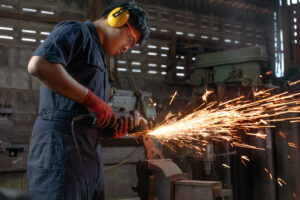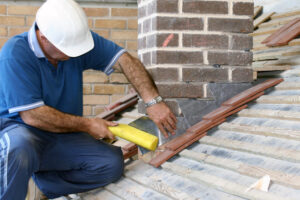Flashing is a thin sheet of material that prevents water from entering cracks and other openings in a roof. Roofers apply the material under the shingles to repel water and redirect it to a location like the gutters. Flashing is vital to protect various roofing vulnerabilities, including where the roof meets the wall, edges, low…

Reshoring – All You Need to Know
Over time, manufacturing industries shifted production from the United States to countries like China. Offshoring, the practice of moving a company’s manufacturing facilities overseas, began in the late 1970s. Many companies made the move to capitalize on lower labor costs and lenient environmental regulations in foreign countries, thus enabling them to generate higher profits for…



